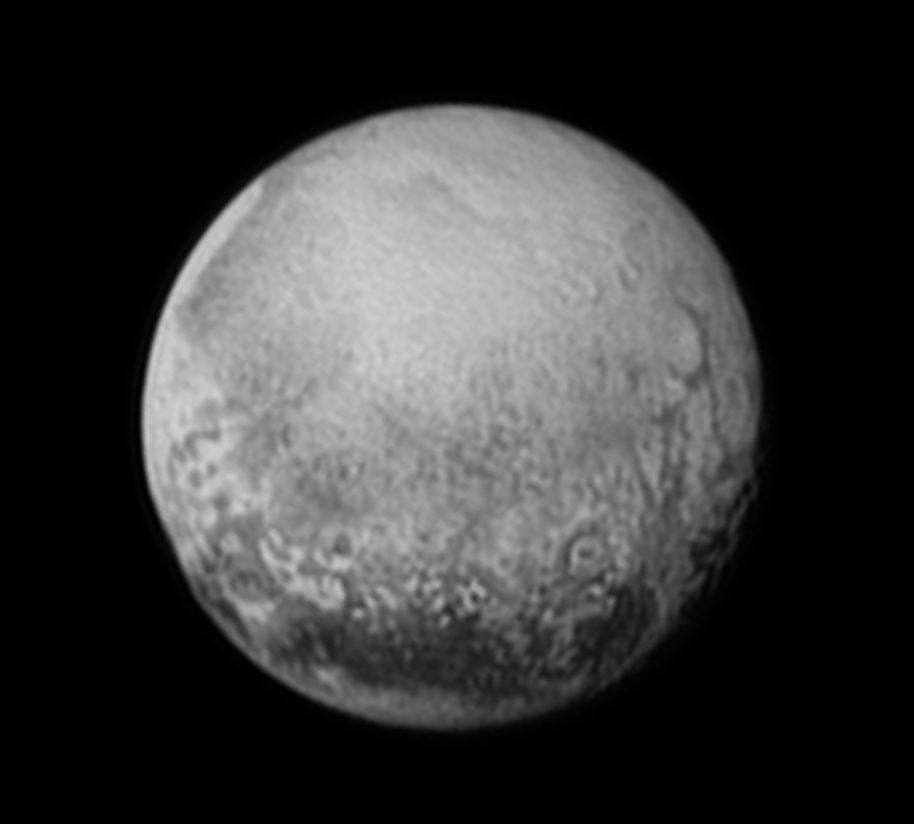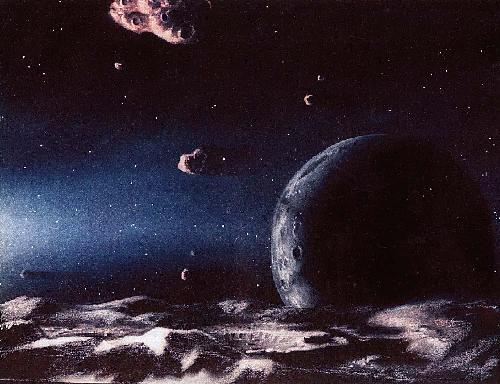Mostly as a result of occultations of background stars, and of so-called 'mutual events' in which Pluto and its large satellite Charon occult and eclipse each other, we know quite a lot. The key results are that the radius is 1150 km (with some uncertainty caused by effects in Pluto's weak atmosphere) and the density is 2030+/-60 kg/m^3. The mass is a miniscule 0.002 Earth masses. The density (about twice that of ice) shows that Pluto has a significant rock component. Depending on what kind of rock that might be, the rock/(ice + rock) ratio is of order 0.6, which means that 2/3rds of the mass of Pluto is in ice. It is very likely that Pluto is differentiated, with a rock sludge core and a more pure ice mantle. Some models suggest a liquid water ocean at some depths, for some times. Occultations also show that Pluto has an atmosphere, produced by sublimation of (mostly) nitrogen ice exposed on its surface. It's very weak, though, only about a millionth of the surface pressure on Earth. And we know that this atmosphere changes as the distance from the Sun and the seasons on Pluto change.
The classification of Pluto gets much more discussion than it deserves. A simple and useful classification has been proposed here.
An interview with Pluto.
The new map of Pluto.

